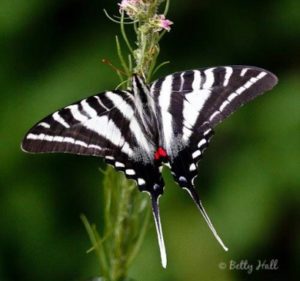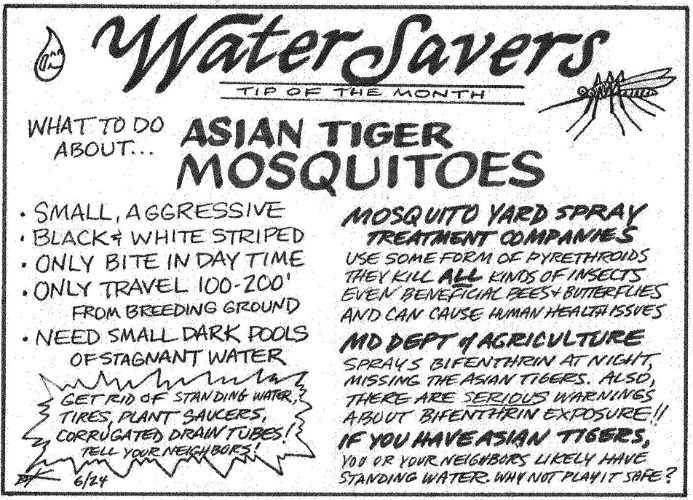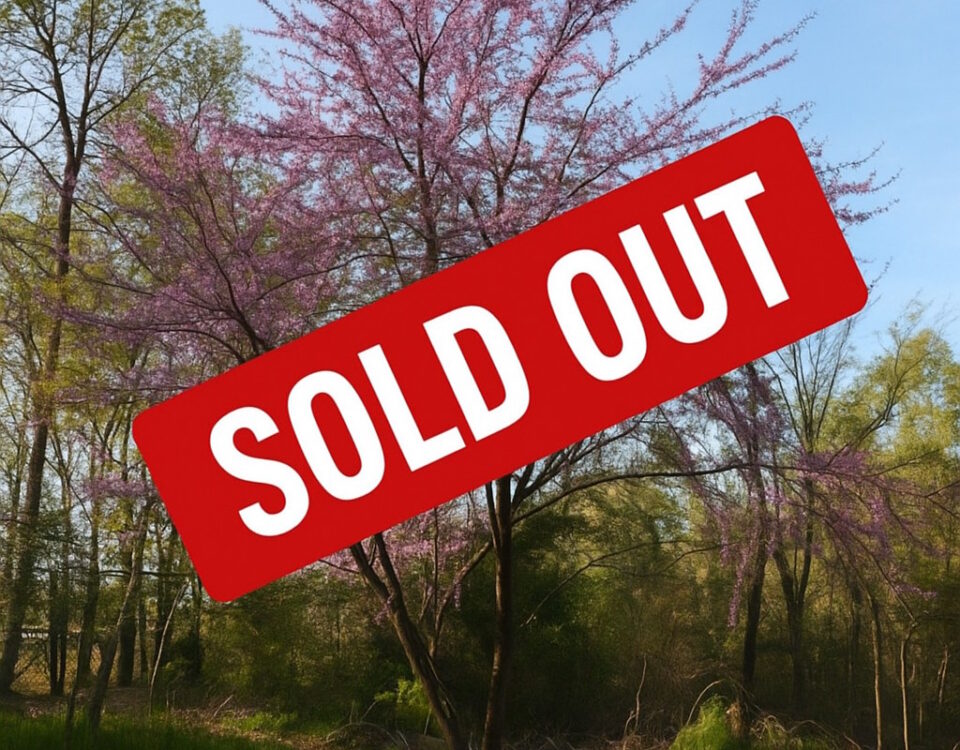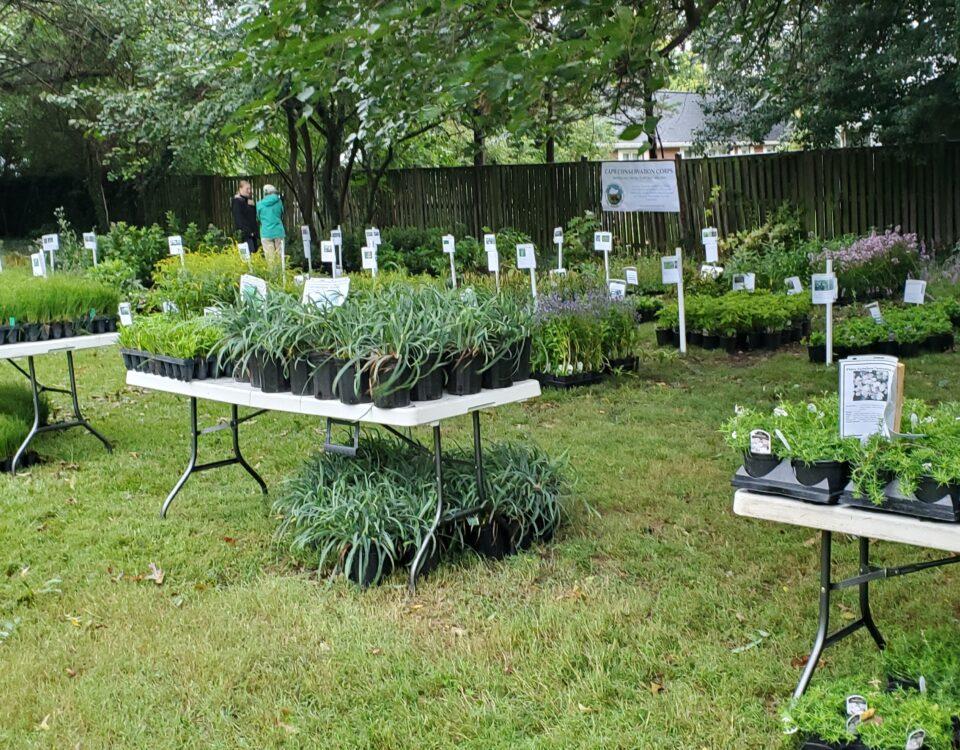Oyster farming here on the Bay
January 20, 2018Reducing Your Lawn
March 29, 2018By: Stacey Wildberger
“Beauty isn’t what a plant is, it’s what a plant does” –Benjamin Vogt
It’s that time of year again when the seed catalogues start arriving and gardeners start lusting after the newest plants on the glossy pages. As we image our lush, show-stopping gardens that will be the envy of our neighborhood take a minute and think “Who are we planting for?” Too many times our gardens are planted for aesthetics, to reflect our vision of pretty, or to appease the local HOA or our neighbors. It is time to re-think pretty and start to think what our landscapes and gardens should be doing for local ecosystems. As Benjamin Vogt says in his new book A New Garden Ethic: Cultivating Defiant Compassion “if we can’t recognize or discuss the deeper beauty of plants, then judging them by their attractiveness is as shallow and culturally indicating as valuing a person on their appearance or the kind of the car they drive”. We need to begin to look beyond the surface and into the deeper value our landscapes can provide.
What should we ask of our landscapes to do? Doug Tallamy says they should be able to do five things: support life, sequester carbon, clean and manage water, enrich the soil and support pollinators. How can we get our landscapes to support those five goals? Start by planting native plants. Native plants and insects have grown up together and evolved over hundreds of thousands of years together and developed relationships that cause them to depend on one another. Many insects have such specialized relationships that they can only survive by laying their eggs on one particular plant. These plants do not want to be eaten so they have developed chemical defenses that can be poisonous to most insects except maybe one or two that have co-evolved with the plant and have built up immunity to those chemicals. The insect depends on that one plant for its survival. Many of you have heard of the decline of monarchs due to the loss of the milkweed plant but there are many other  examples of the same specialization—the Maryland State butterfly, the Baltimore Checkerspot depends on Chelone Glabra the white turtlehead to lay their eggs, the Eastern and Black Swallowtail butterflies use many of the plants of the carrot family, the beautiful Zebra Swallowtail uses Paw-Paw while a group of butterflies in the Lycaenidae family (including the hairstreaks, coppers and blues) rely on the dogwoods, native azaleas, holly, and wild lupine. The very definition of a native, as defined by Tallamy and Rick Darke is “a plant that has evolved in a given place over a period of time sufficient to develop complex and essential relationships with the physical environment and other organisms in a given ecological community.”
examples of the same specialization—the Maryland State butterfly, the Baltimore Checkerspot depends on Chelone Glabra the white turtlehead to lay their eggs, the Eastern and Black Swallowtail butterflies use many of the plants of the carrot family, the beautiful Zebra Swallowtail uses Paw-Paw while a group of butterflies in the Lycaenidae family (including the hairstreaks, coppers and blues) rely on the dogwoods, native azaleas, holly, and wild lupine. The very definition of a native, as defined by Tallamy and Rick Darke is “a plant that has evolved in a given place over a period of time sufficient to develop complex and essential relationships with the physical environment and other organisms in a given ecological community.”
We don’t lose beauty in the garden or our landscapes by using native plants. In fact we are increasing beauty in the form of nectar- and pollen-gathering insects as they forage for food and pollinate our fruits and vegetables, by insect gathering birds rearing their young. These life-sustaining native plants are creating ecosystems and contributing to the food web in a way that sustains life.
Native plants are also a major factor in cleaning and managing water. Their deep root systems soak up rainwater to reduce the amount of runoff. They also act as soil anchors and filters by collecting runoff, absorbing water and decreasing flooding. Native plants often require less water because they are more drought tolerant then non-natives.
When I first started gardening in 2012 I didn’t think about what each plant was contributing, and I especially did not know about the relationships between the plants and animals. I certainly did not know the difference between a native and a non-native plant.
 As I began gardening I also began feeding the backyard birds with bags of expensive seed, so I began to research what plants I should plant to attract birds with nuts and berries. The more I read the more I came to understand the relationship between the plants I was growing and the animals I wanted to attract. I began to see that the birds needed more than seeds and berries to eat. They need fat, soft bodied caterpillars to rear their young because 97% of terrestrial birds raise their brood on insects-mostly caterpillars. If you want chickadees to raise their family in your yard you will need to have 6000-9000 caterpillars within 50 meters of their nest because that is how many the babies will consume from the time they hatch until the time they fledge! Not all plants are created equal when it comes to making caterpillars.
As I began gardening I also began feeding the backyard birds with bags of expensive seed, so I began to research what plants I should plant to attract birds with nuts and berries. The more I read the more I came to understand the relationship between the plants I was growing and the animals I wanted to attract. I began to see that the birds needed more than seeds and berries to eat. They need fat, soft bodied caterpillars to rear their young because 97% of terrestrial birds raise their brood on insects-mostly caterpillars. If you want chickadees to raise their family in your yard you will need to have 6000-9000 caterpillars within 50 meters of their nest because that is how many the babies will consume from the time they hatch until the time they fledge! Not all plants are created equal when it comes to making caterpillars.

This is where the relationship between plants and animals comes into play. The Oak tree can support 534 species of caterpillars, Black Cherry 456 species and Willows 455. It’s not just the woody trees but there are also many herbaceous plants that can act as a nursery for the caterpillars. Some of the best plants that support butterflies are Goldenrod (115), Asters (112), and Sunflowers (native Helianthus 73) and Joe-Pye Weed (42).
Some of our most important native plants suffer from a marketing nightmare. Many were given the name “weed” by the early settlers whose farming technique was to plow everything down to plant crops and anything they didn’t plant was deemed a weed-Milkweed, Joe-Pye Weed, Sneezeweed, Jewelweed, Butterfly weed and Poke weed. These plants are not weeds but rather essential species to our local ecosystems. Often native plants are thought of as not being able to be used in a formal setting but Europeans have been importing our native plants to use in their formal gardens for centuries.
There is always a native plant for every scenario. We just have to re-think our conventional gardening methods and remember who we are gardening for. We just need to open our eyes to the beauty that is around us in the life sustaining form of native plants. We need to re-think pretty.
Recommended reading: A New Garden Ethic: Cultivating Defiant Compassion by: Benjamin Vogt and Bringing Nature Home by: DougTallamy




